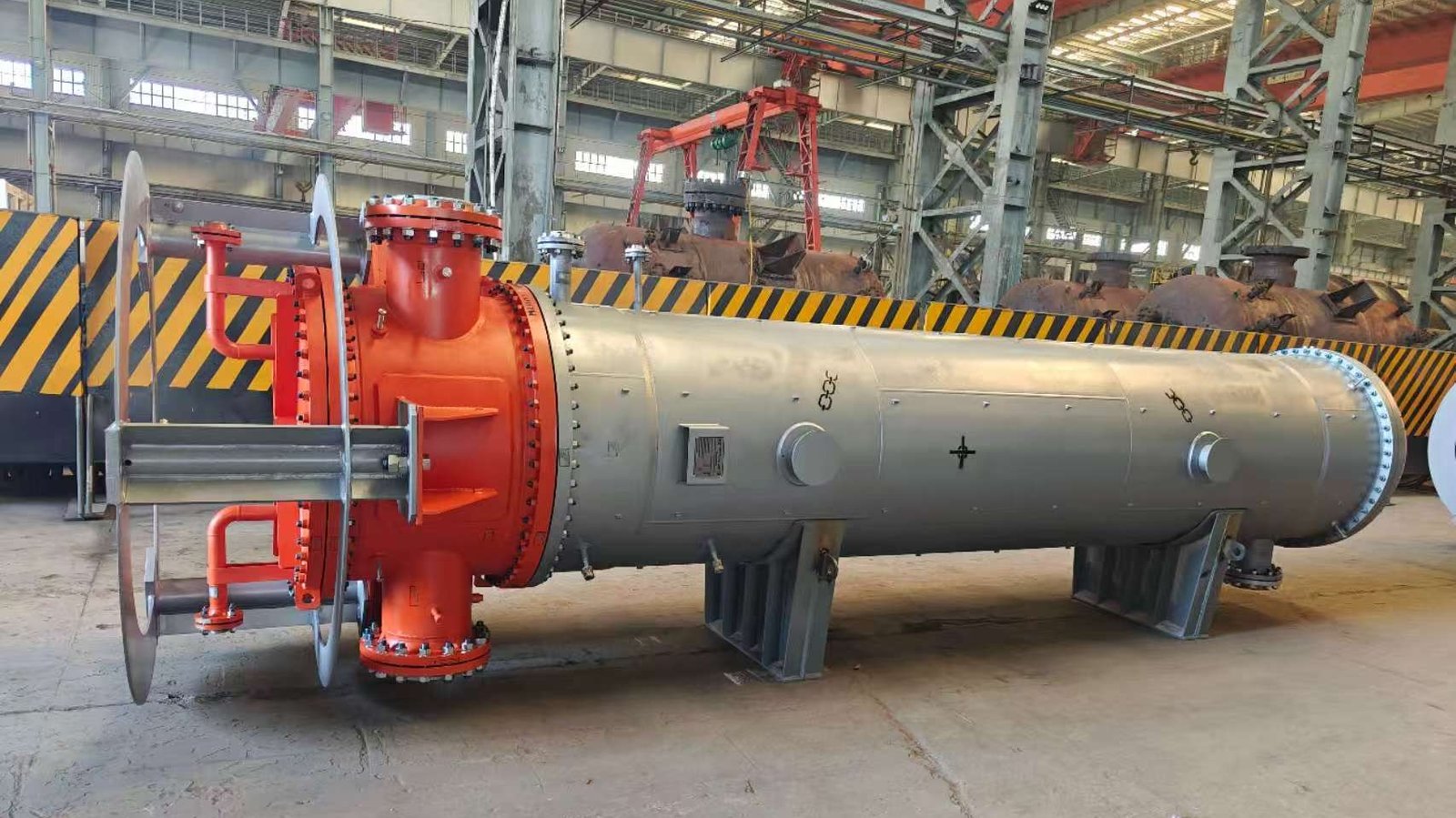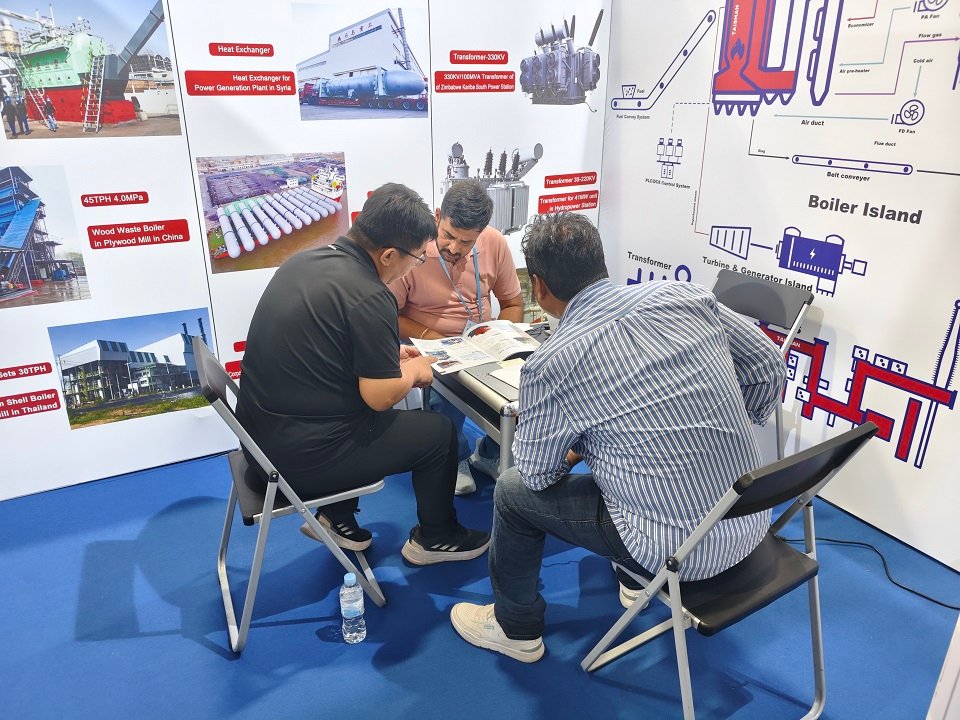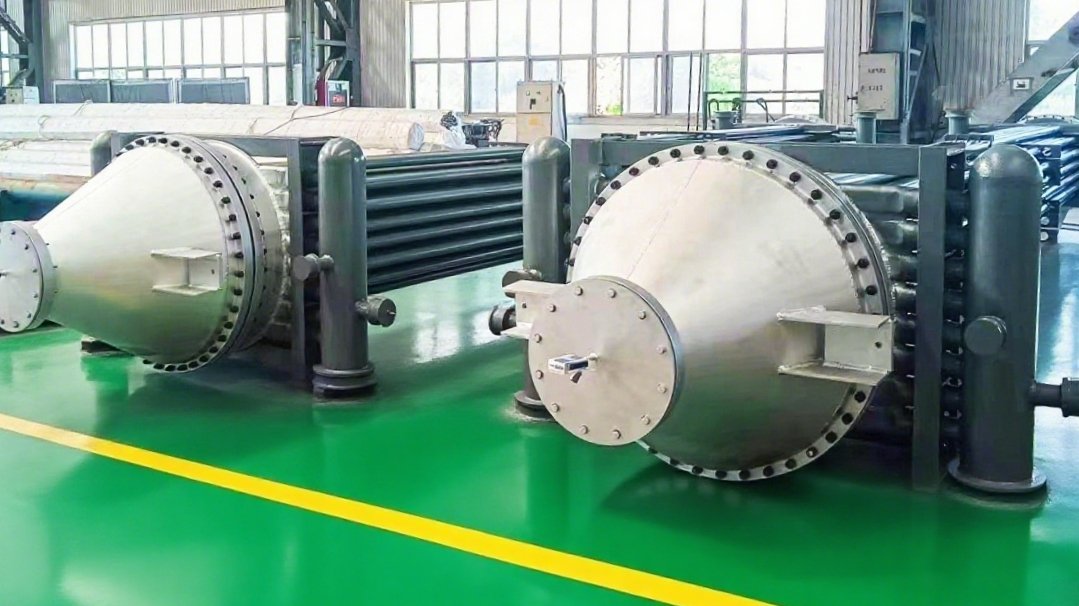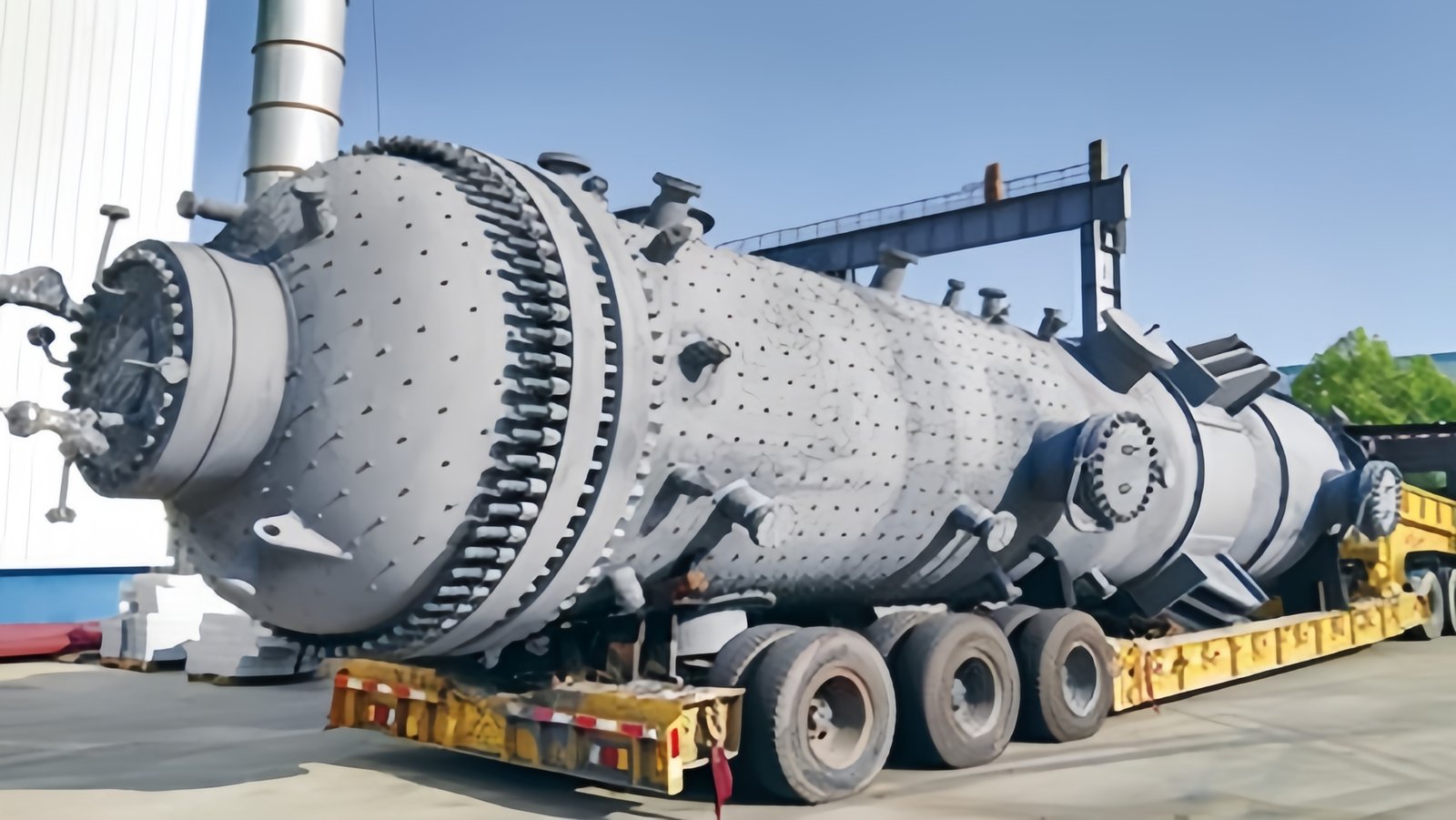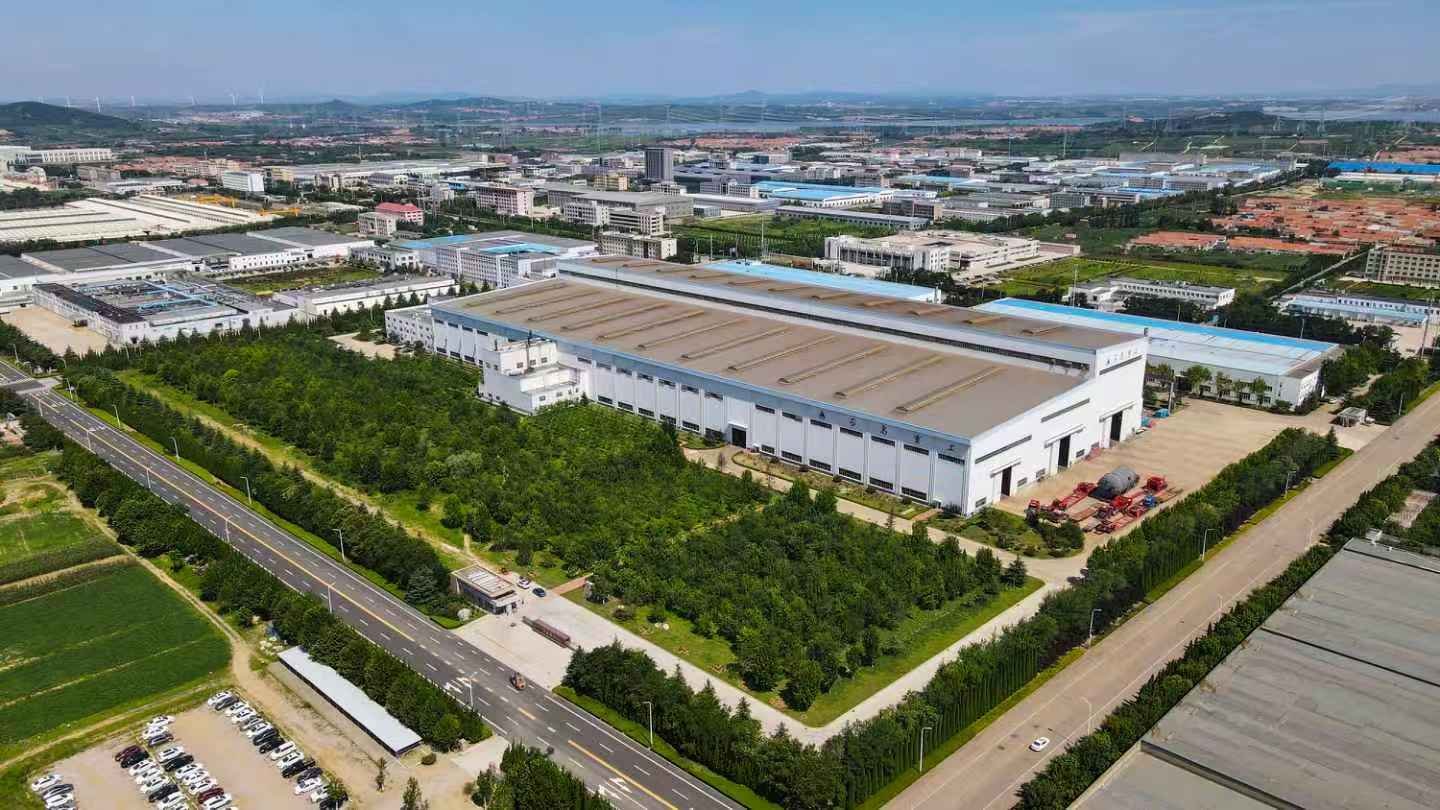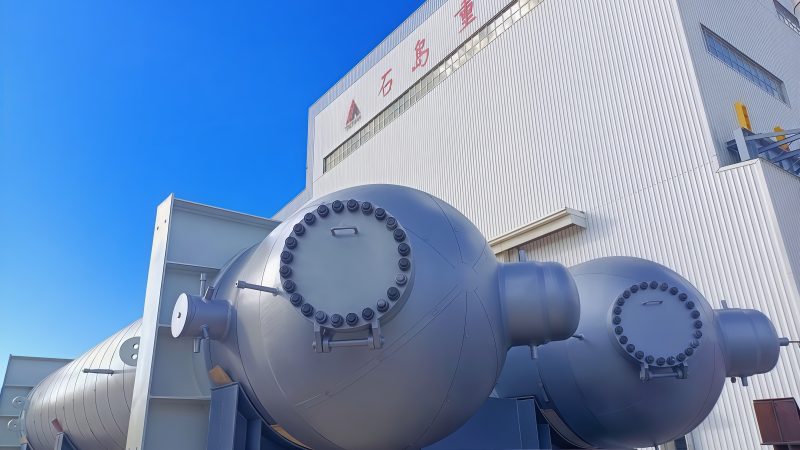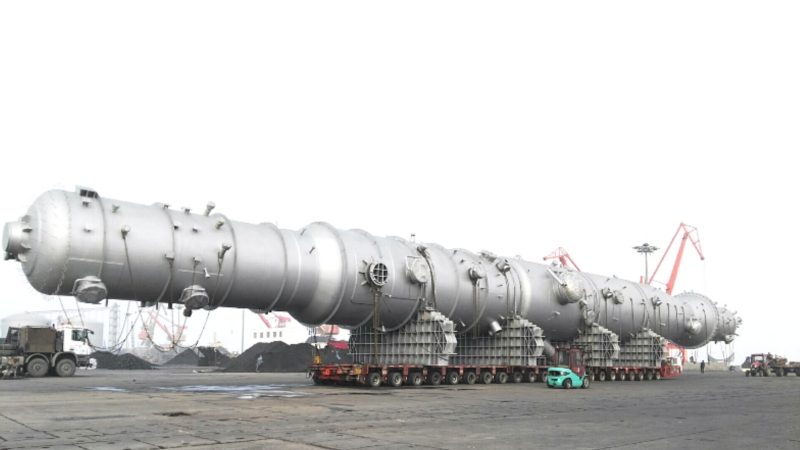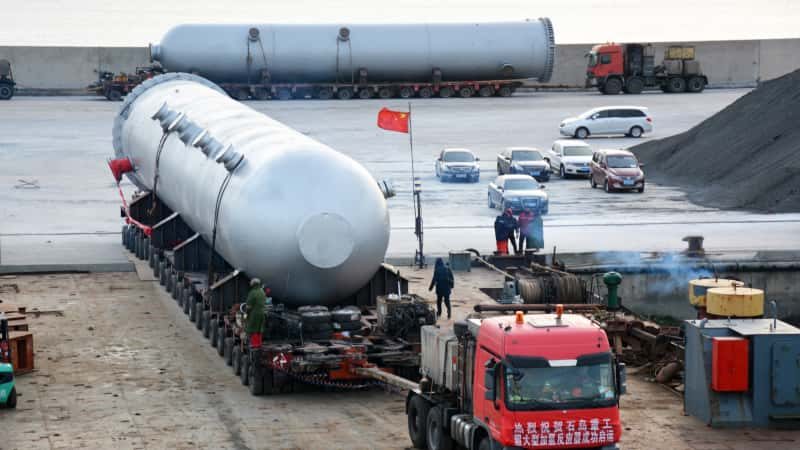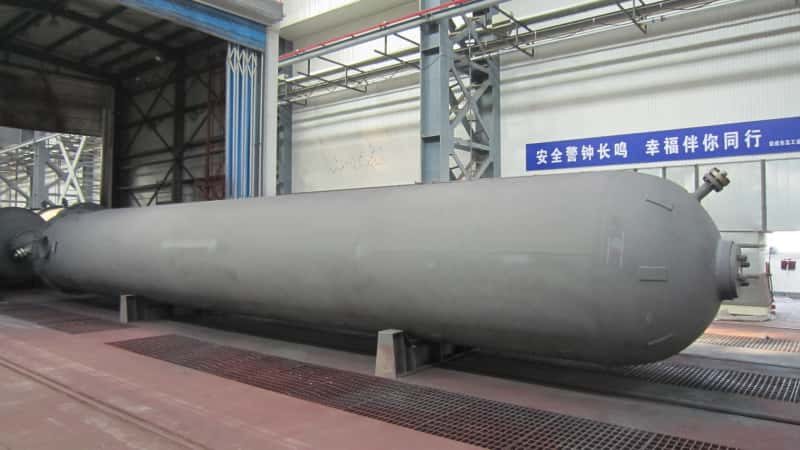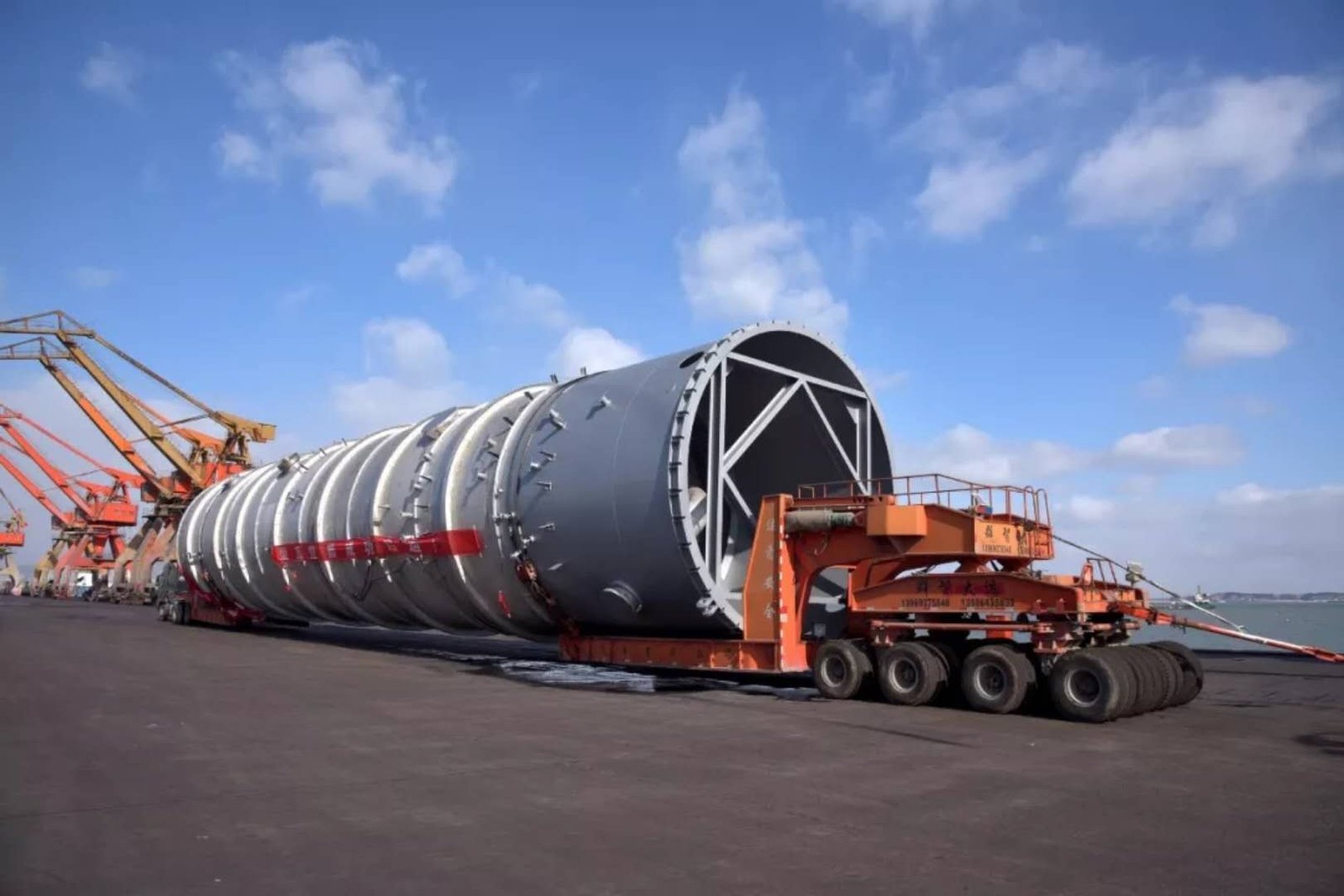
Pressure tanks are critical components in various systems—from HVAC to water supply, fire suppression, and chemical processing. However, their failure due to fatigue, corrosion, or improper maintenance can be catastrophic, leading to downtime, safety risks, and regulatory violations. Operators and engineers often ask: How long can a pressure tank be expected to last under normal use? Understanding this lifespan is key to planning maintenance, ensuring safety, and optimizing cost-efficiency. This article outlines the lifespan of pressure tanks under typical conditions, including material factors, operational variables, and inspection protocols that affect durability.
The expected lifespan of a pressure tank under normal operating conditions typically ranges from 10 to 25 years, depending on factors such as material type (carbon steel, stainless steel, or composite), pressure cycles, internal corrosion, water quality, temperature, and maintenance. With proper inspection and care, some pressure tanks can exceed 30 years, especially in clean environments with stable pressure and minimal cycling.
Knowing your pressure tank’s lifespan isn’t just about predicting failure—it’s about proactive system management. In the following sections, we’ll walk you through the engineering principles and real-life factors that determine how long a pressure tank will last in different scenarios.
Pressure tanks typically last more than 30 years in normal use.False
While some pressure tanks may exceed 30 years, the industry standard lifespan under normal operating conditions is generally 10–25 years. Exceeding this range requires exceptional maintenance and favorable conditions.
Understanding the Types of Pressure Tanks and Their Lifespan Profiles
There are several types of pressure tanks, and each has a different typical lifespan:
| Tank Type | Material | Expected Lifespan | Common Applications |
|---|---|---|---|
| Bladder/Diaphragm Tanks | Carbon or Stainless Steel | 5–15 years | Water wells, HVAC, hydronic heating |
| Air Receiver Tanks | Carbon Steel | 10–20 years | Compressed air systems |
| Chemical Storage Pressure Tanks | Stainless Steel or Lined Steel | 15–25 years | Chemical & pharmaceutical processing |
| Composite Pressure Vessels | Fiberglass/Polymer | 10–20 years | Portable gas storage, lightweight systems |
| ASME-Coded Pressure Tanks | Varies | 15–30 years | Industrial process systems |
As seen in the table, construction material, pressure range, and internal design (bladder vs welded) greatly impact longevity.
🧪 Technical Factors That Affect Pressure Tank Longevity
🧱 Material of Construction
- Carbon Steel Tanks are cost-effective but prone to internal corrosion if not properly lined or maintained.
- Stainless Steel Tanks resist corrosion better, particularly in water or chemical service, and thus last longer.
- Composite Tanks are lightweight and corrosion-resistant but may have fatigue issues at high cyclic loads.
🔄 Pressure Cycling (Fatigue)
Each pressure cycle contributes to the mechanical fatigue of the tank shell and welds. ASME Section VIII, Div. 2 considers cyclic loading in design calculations.
Rule of thumb: Tanks with fewer than 10,000 full pressure cycles over their lifetime generally experience minimal fatigue degradation.
🌡️ Temperature Exposure
High operating temperatures (>100°C) can:
- Accelerate corrosion rates
- Degrade rubber linings or diaphragms
- Exacerbate fatigue in composite tanks
🧼 Water Quality and Internal Corrosion
- Oxygen content, pH, and chloride levels in water heavily influence tank corrosion.
- Tanks storing untreated or hard water fail faster due to scale and rust buildup.
🔍 Inspection and Maintenance Frequency
Routine inspections (visual + NDT) extend lifespan by identifying:
- Pitting
- Wall thinning
- Valve leaks
- Bladder rupture (in diaphragm tanks)
📊 Chart: Corrosion Rate vs Lifespan (Typical Water Systems)
| Corrosion Rate (mm/year) | Estimated Lifespan (years) |
|---|---|
| 0.01 | 25–30 |
| 0.05 | 15–20 |
| 0.10 | 10–12 |
| >0.15 | <8 |
This data assumes average wall thickness of 4–6 mm and linear corrosion progression.
Case Study: Lifespan Prediction Based on ASME Guidelines
Example Tank Parameters:
- Design: Horizontal ASME VIII Div.1
- Material: SA-516 Grade 70 (carbon steel)
- Thickness: 8 mm
- Working Pressure: 10 bar
- Cycles per year: 3,000
- Water pH: 6.5–7.5 (neutral)
- Internal lining: Epoxy-coated
Result: Finite element analysis and corrosion allowance calculations projected a lifespan of 22 years with standard maintenance.
How to Maximize the Life of Your Pressure Tank
✅ Best Practices:
- Install air dryers and filters (for air receivers)
- Use cathodic protection for underground or water-contact tanks
- Regularly inspect safety valves and gauges
- Flush periodically to remove scale and sediment
- Monitor and control water chemistry to reduce internal corrosion
- Log pressure cycles for fatigue analysis
- Follow ASME inspection intervals (every 5 years internal, annually external)
📅 Recommended Maintenance Schedule
| Task | Frequency | Notes |
|---|---|---|
| External Visual Inspection | Annually | Check for rust, leaks, paint degradation |
| Internal Visual Inspection | Every 3–5 yrs | Requires depressurization and opening ports |
| Ultrasonic Thickness Check | Every 5 yrs | Measures shell thinning due to corrosion |
| Bladder Replacement | 7–10 years | For diaphragm tanks—sooner if waterlogging |
When Should a Pressure Tank Be Replaced?
Signs it’s time to replace:
- Visible shell rusting or bulging
- Pressure loss or short cycling
- Internal corrosion >25% wall loss
- Bladder rupture (in sealed systems)
- Non-ASME tanks over 15 years old
If your tank has no clear documentation, err on the side of caution. Over-aged, undocumented tanks should be proactively decommissioned.
Ending Summary
The lifespan of a pressure tank is determined by its material, usage pattern, and maintenance regime. While the general range is 10–25 years, proper care can extend this beyond 30 years in some cases. The key to longevity lies in controlling corrosion, minimizing pressure fatigue, and adhering to a proactive inspection schedule. Don’t treat a pressure tank as a “set it and forget it” component—it is a pressure vessel and should be respected as such.
📩 Want to Know How Long Your Tank Will Last
As professional manufacturers and engineers of pressure vessels, we can evaluate your current system and recommend lifecycle-optimized tank designs. Contact us for a free assessment or engineering consultation today.
References
- Understanding Pressure Tanks – Tank Depot
- How Long Should a Well Pressure Tank Last? – RCAP
- Water Pressure Tank Troubleshooting Guide – InspectAPedia
- Pressure Tank Maintenance Tips – PlumbingSupply
- Bladder vs. Diaphragm Tanks – Amtrol
- Signs of Pressure Tank Failure – WellOwner.org
- Well Pressure Tank FAQs – Water Systems Council
- How to Adjust Air Pressure in a Bladder Tank – Home Water Works
- Typical Lifespan of Water System Components – Structure Tech
- Choosing the Right Size Pressure Tank – Fresh Water Systems



